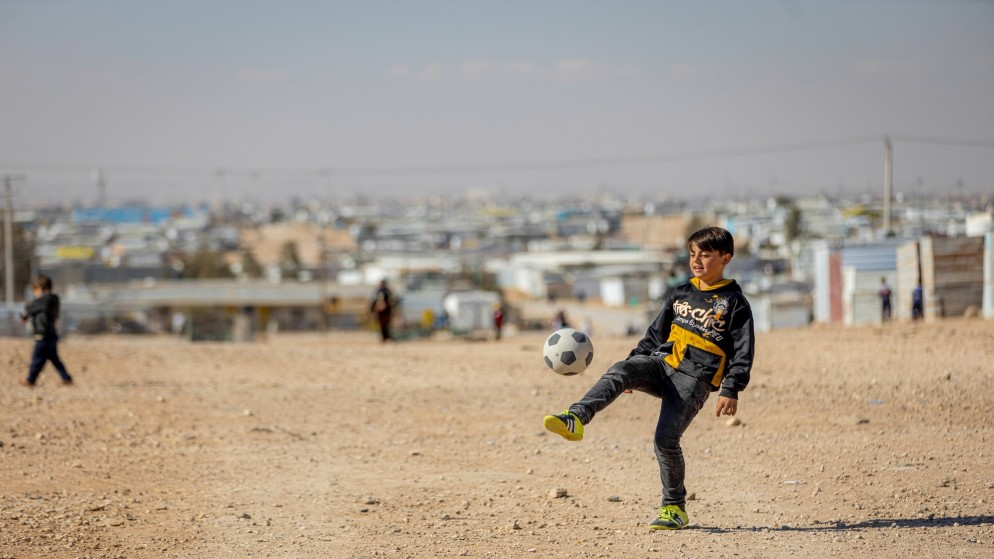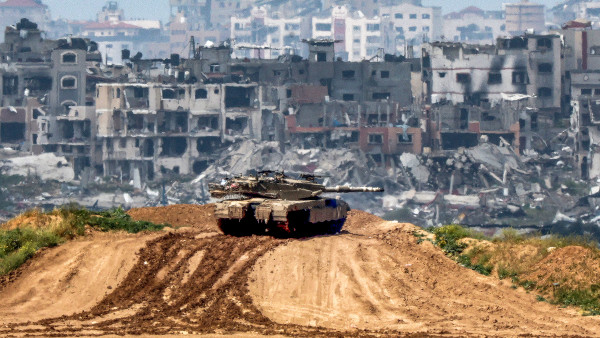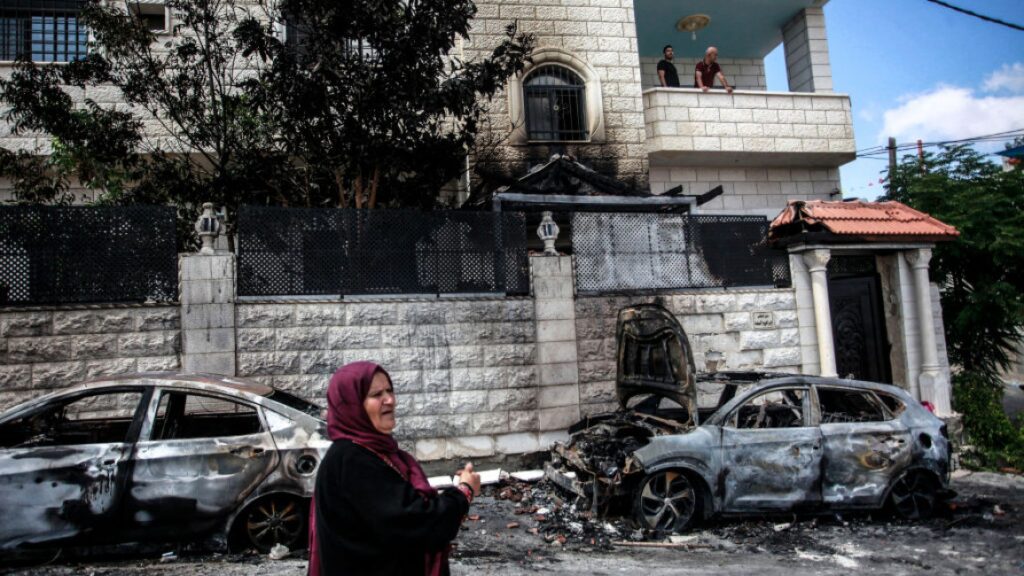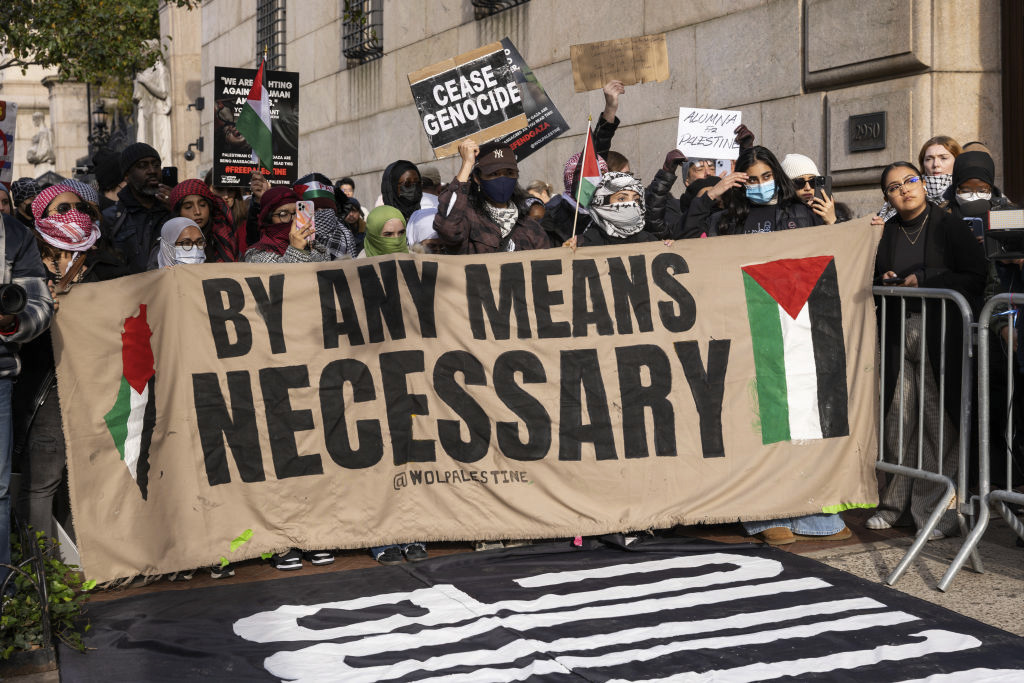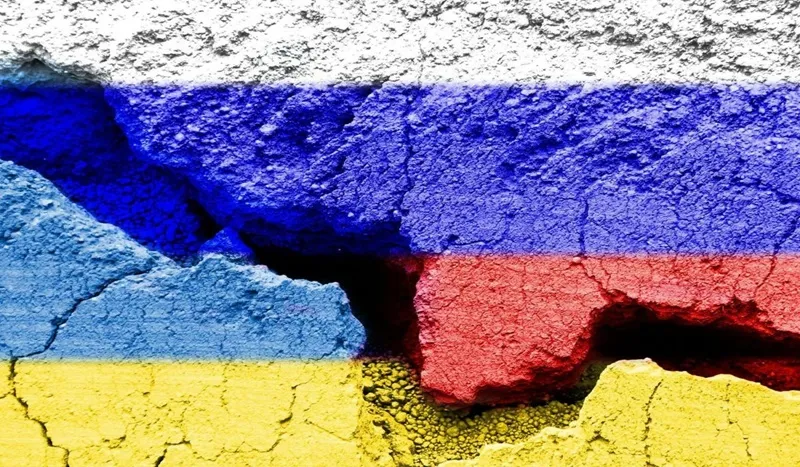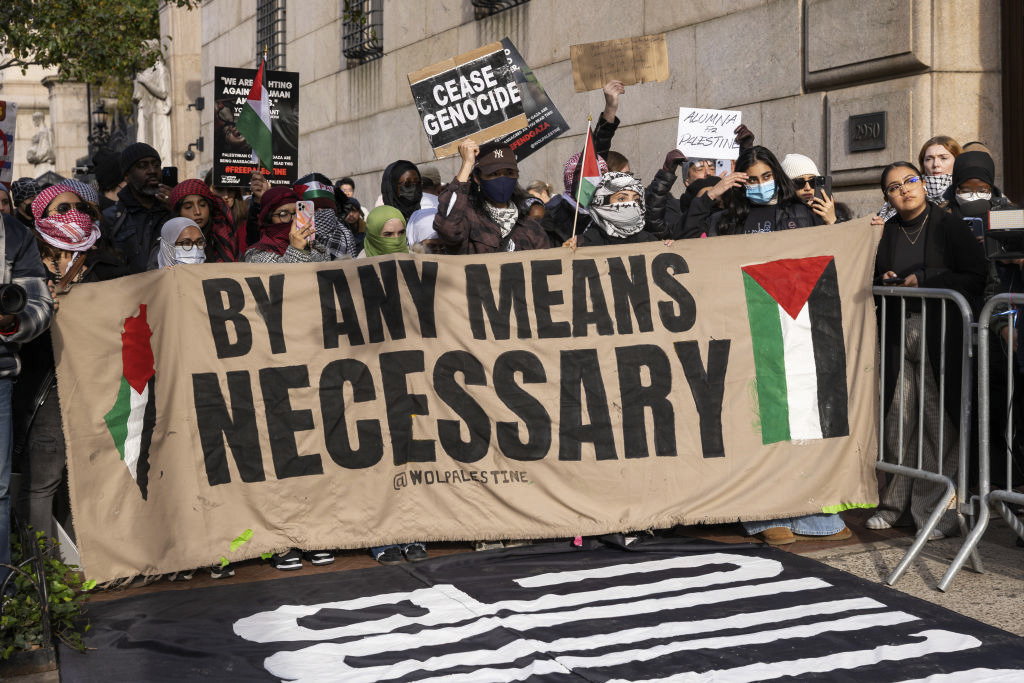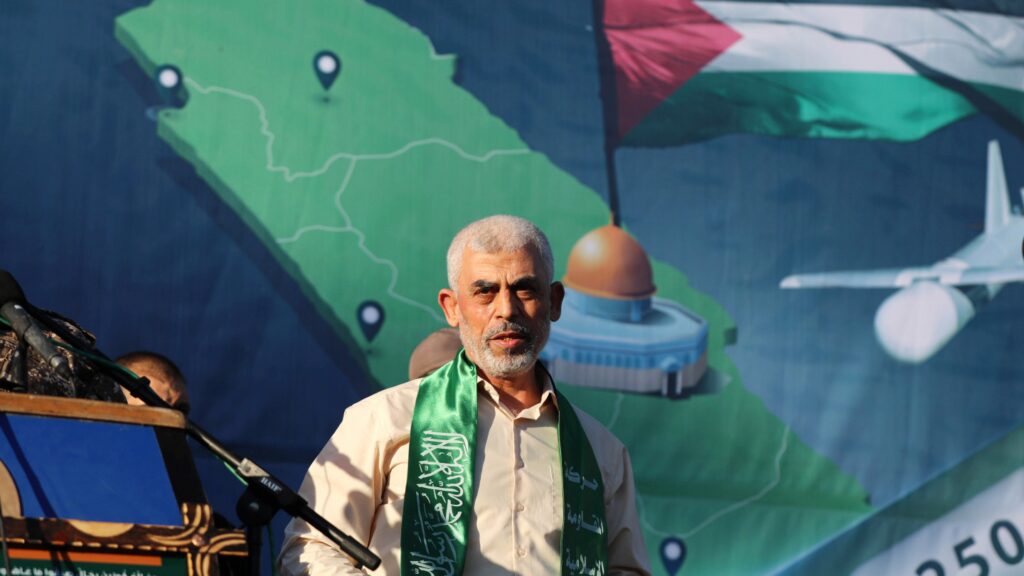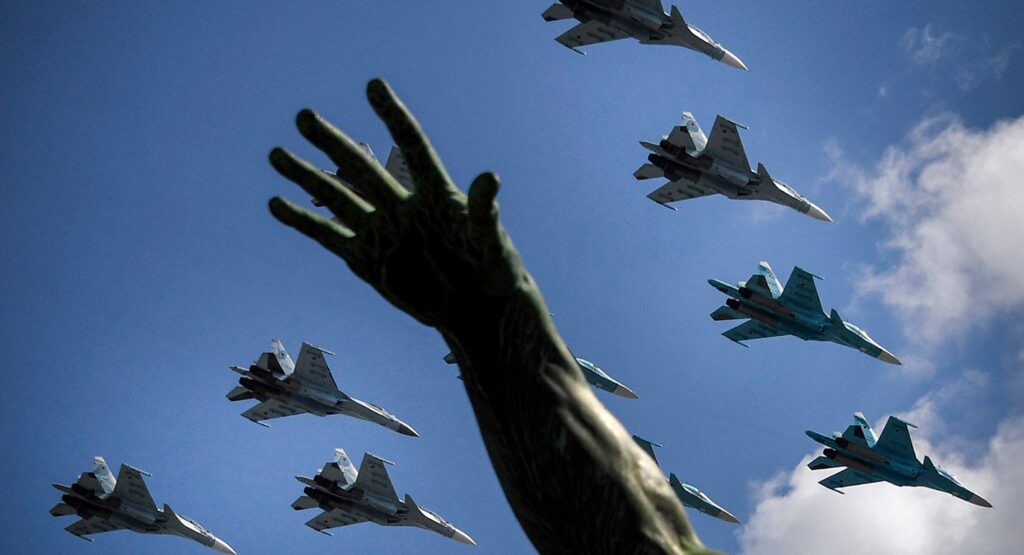Moved by a new Kursk: why the Ukrainian Armed Forces launched an operation on Russian territory
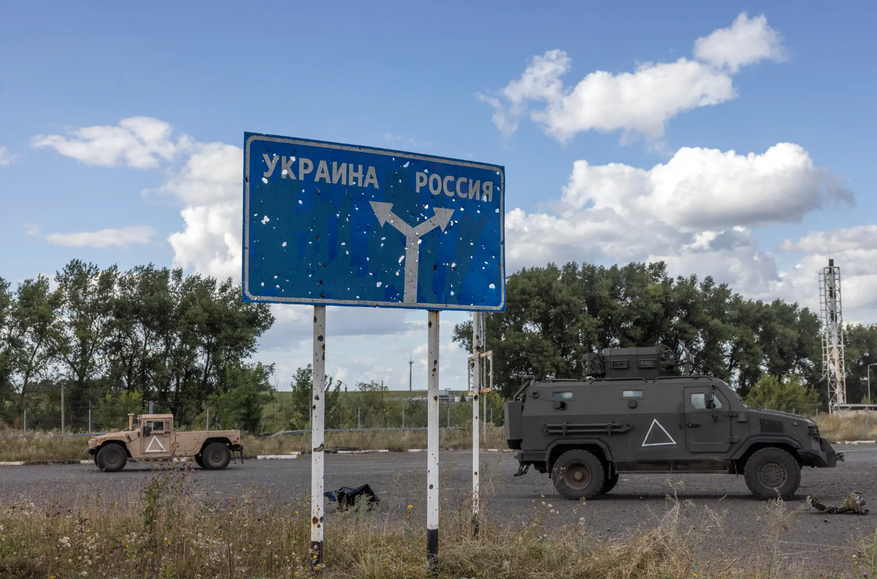
For over a week now, Ukrainian troops have been holding part of the Kursk region and, what’s more, expanding the combat zone. During this time, they have managed to occupy, according to various estimates, from 500 to 1,100 square kilometers and capture hundreds of prisoners. The Ukrainian Armed Forces’ offensive crosses the red line on the use of Western military equipment on internationally recognized Russian territory and clearly demonstrates that the presence of nuclear weapons does not guarantee protection from ground operations on the territory of the possessing state. But what are the ultimate goals of the Kursk operation? The Insider examines the main scenarios for the development of events.

